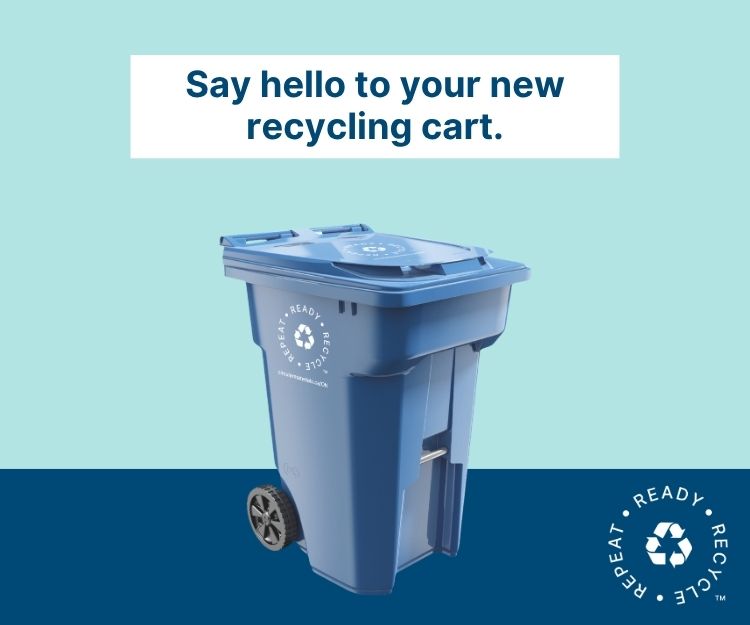By: James Burrows
Shopping trips are extra stressful these days as epidemiologists and governments try to grapple with how the spread of COVID-19 occurs. It’s hard to know if you should wash your produce or disinfect every package brought home.
Best practice is to remember that the virus enters your body through the eyes, nose, and mouth. Keeping your hands away from your face at all times and washing your hands for 20 seconds before and after handling food or eating will minimize any possible exposure.
Plan to send only one person from your household to shop at a time. Most grocery stores now reserve the first hour after opening for seniors, those who need extra help, and vulnerable populations, such as the immunocompromised.
Expect lines outside of most stores as staff are trying to minimize the number of people inside a store at any one time. Also, try and minimize the amount of time you’re browsing and have a shopping list ready before you go. Only touch items you plan to buy. While in the store be sure to keep at least six feet away from other customers and most stores are no longer accepting cash, so bring your debit or credit card with you.
Once you’re home put your groceries away and immediately wash your hands.
In numerous studies it has been found that the virus can remain on some surfaces, notably cardboard and plastic, for up to 72 hours. Even if the virus is on a package, however, by washing your hands before and after eating, and not touching your face, you should be able to minimize the small possibility of being infected in this way.
Amir Attaran, a professor in the School of Epidemiology, Public Health and Community Medicine at the University of Ottawa agrees that everything does not need to be washed thoroughly but it’s important to wash your hands before and after handling groceries or eating.
Attaran also recommends regularly cleaning your house as a best practice.
This means regularly cleaning counters, and surfaces that are commonly touched. Always wear gloves when cleaning and use soap and water. Commonly touched surfaces can include tables, doorknobs, light switches, countertops, handles, desks, phones, keyboards, toilets, faucets and sinks. For more information on cleaning your home visit cdc.gov.
- September 24, 2025 Issue - September 26, 2025
- September 10, 2025 Issue - September 10, 2025
- August 24, 2025 Issue - August 28, 2025










































